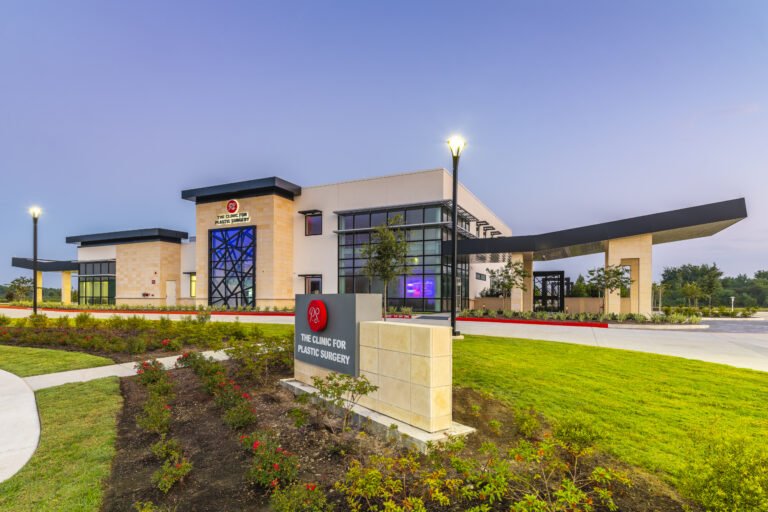Realistic Expectations from Real Experiences
The deep plane facelift is widely regarded for delivering natural-looking, long-lasting results—but what is recovery really like? While surgeon explanations provide valuable clinical insight, nothing compares to hearing from real patients who’ve been through it. In this post, we’ll break down the deep plane facelift recovery experience with real-world insights, common timelines, and what you can expect physically and emotionally.
🎯 Why Patient Perspectives Matter
Every recovery is unique, but understanding what real patients say about their healing process can help you:
- Set realistic expectations
- Prepare for each recovery phase
- Feel reassured through normal side effects
- Know what’s not normal and when to call your surgeon
🗓️ Week-by-Week Deep Plane Facelift Recovery (Patient-Based Insights)
🕐 Week 1: The “Healing Begins” Phase
What patients say:
“The first 48 hours were the hardest—I felt tight, swollen, and needed help around the house.”
“I was surprised that pain was minimal, but I did feel pressure and discomfort.”
Common experiences:
- Bruising and swelling at peak levels
- Mild to moderate discomfort
- Drain tubes (if used) are typically removed by Day 2–3
- Most patients rest at home, using cold compresses and sleeping upright
Tips from patients:
- Stay hydrated
- Don’t skip pain meds, especially early on
- Use button-up shirts to avoid pulling clothing over your head
🕑 Week 2: Visible Changes, Emotional Ups and Downs
What patients say:
“I looked worse before I looked better. Around Day 10, I started to see the swelling go down.”
“I felt emotional—I knew it was temporary, but I looked very different.”
Common experiences:
- Stitches removed (if not dissolvable)
- Swelling and bruising begin to fade but may still be visible
- Tightness or numbness around the cheeks and ears
- “Post-op blues” are common as patients adjust to their new look
Patient insight:
“Seeing progress photos every few days helped me stay positive.”
🗓️ Weeks 3–4: Return to Normal Life
What patients say:
“I was back at work by Week 3. Most people didn’t even notice I had surgery.”
“Makeup helped cover any remaining bruising. I felt like myself again.”
Common experiences:
- Swelling significantly reduced
- Most patients return to social settings or work
- Numbness may persist but usually isn’t bothersome
- Light exercise may be resumed with surgeon approval
📆 1–3 Months: Subtle Refinements and Confidence Boosts
What patients say:
“By the 6-week mark, I was thrilled. The mirror finally reflected how I felt on the inside.”
“People said I looked refreshed—not like I had surgery, and that’s exactly what I wanted.”
What to expect:
- Facial contours settle
- Minor residual swelling (especially in the evening) may persist
- Final results become more apparent
- Scar healing continues to improve
💬 Common Themes from Patient Reviews and Testimonials
✅ What They Loved:
- Natural results: “I didn’t look pulled or plastic.”
- Minimal pain: “The idea was scarier than the experience.”
- Increased confidence: “I feel 15 years younger, and it shows.”
⚠️ Common Challenges:
- Patience is required: “The healing takes time—trust the process.”
- Emotional swings: “You’re swollen, bruised, and emotional for the first 2 weeks.”
- Numbness: “Some areas took months to feel normal again.”
🧠 Final Advice from Real Patients
“Choose your surgeon wisely—it makes all the difference.”
“Give yourself the grace to heal. Don’t expect to look great at Day 5.”
“The results are so worth the wait. I’d do it again in a heartbeat.”
📌 Summary: What You Can Expect
| Time Frame | Recovery Milestone |
|---|---|
| Days 1–7 | Bruising/swelling, rest at home |
| Week 2 | Stitches out, light activity resumes |
| Weeks 3–4 | Return to work/social life |
| 1–3 Months | Results refine, scars fade |
| 6+ Months | Final results visible, full healing |



